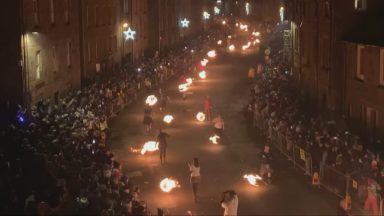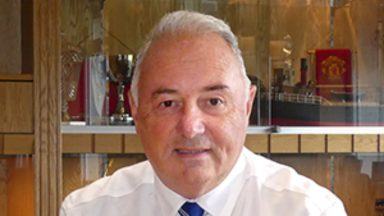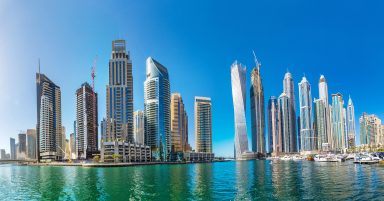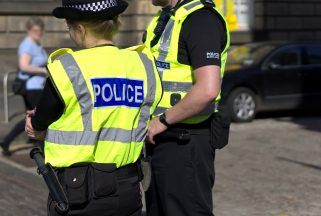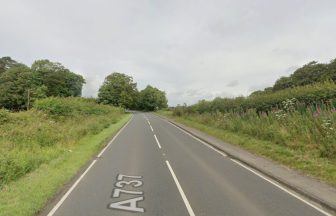COP26 has reportedly generated nearly triple the emissions of Glasgow Airport last year, more than double the amount caused by COP25 due partly to jet-set lifestyles of attendees.
A report produced for the UK Government states that COP26 is on course to emit around 102,500 tonnes of CO2e – with around 61,500 tCO2e, or 60%, solely from international flights.
The 102,500 tCO2e figure means COP26’s carbon footprint is nearly three times that of Glasgow Airport, which reported total emissions of 36,885 tCO2e last year.
The average person in the UK is responsible for around seven tCO2e of emissions a year, and the venues on the SEC produce around 6659 tonnes of CO2 a year – although two of the venues have the second lowest possible rating for energy efficiency.
Boris Johnson, US President Joe Biden and Jeff Bezos have all sparked criticism for their luxury travel arrangements despite their supposed commitment to the environment.
Dr Doug Parr, chief scientist for Greenpeace UK, said international travel accounted for the majority of the carbon footprint.
But he said it was “not supposed to be a demonstration of sustainable lifestyles”, with 50 private jets landing on the first day and 118 business jets flying into Glasgow and Edinburgh airports, according to data compiled by aviation consultancy WingX.
The total greenhouse gas emissions for COP25, which was held in Madrid in 2019, stood at 51,101 tCO2e, while at COP21 in Paris in 2015 the figure was 43,000 tCO2e.
COP15 in Copenhagen in 2009 produced around 26,000 tCO2e of emissions.
Dr Parr said: “The failure to reach any meaningful agreement about limiting aviation’s vast carbon emissions – at a conference where 60% of their emissions came from aviation, with a backing chorus of media outrage at the private jet hypocrisy of the elites – really highlights the lack of equity in these talks.
“Creating loopholes for the use of the rich not only maintains their disproportionately high emissions, but makes it so much harder to persuade anyone else to cut.
“At this COP, the final decision must commit to phase out fossil fuels, which means reducing demand for those fuels from high-carbon industries like aviation.
“Policymakers and countries should ban short-haul flights wherever a viable alternative already exists, and invest in rail to create a transport system that’s good for the planet while also being affordable and accessible to all.”
Arup’s seven-page executive summary of the COP26 carbon management plan notes the 102,500 tCO2e total includes business travel during pre-event planning; energy, waste, and water use in the accommodation for all blue zone attendees; and operational emissions from emergency service vehicles.
Arup said the figure represented “the best working assessment of the emissions from the event,” based on planning parameters, carbon reporting for previous COPs, and lessons learnt from the foot-printing of previous similar events.
Flight radar data also shows that some jets have been flying from Glasgow Airport in Paisley, Renfrewshire, to Glasgow Prestwick Airport in South Ayrshire in order to park – a journey of less than 30 miles.
Boris Johnson was condemned after returning to London from Glasgow last Tuesday via private jet to reportedly attend a function at a men-only private members’ club.
Downing Street said the journey was taken with consideration of “time restraints”, but Anneliese Dodds, the Labour party chair, accused Johnson of “staggering hypocrisy”.
When the Prime Minister returned to Glasgow on Wednesday, he did so by train.
Monica Lennon, Scottish Labour’s spokeswoman for net-zero, energy, and transport, said: “If COP26 is to deliver the bold change needed, then those involved should lead by example.
“Travel emissions were always going to be inevitable, but this stark rise will no doubt raise some eyebrows.
“We all have a responsibility to do our part and those setting the rules must be willing to play by them.
“Warm words will ring hollow if they’re not matched with action.”
The UK Government has pledged COP26 will be carbon neutral, a promise it aims to uphold via the purchase of UNFCCC-recognised offsets such as certified emission reductions.
It says that Glasgow will be the first COP to achieve validation using the PAS2060 international standard on carbon neutrality, and the “key priority” of its carbon management plan was to “reduce and avoid emissions”.
A spokeswoman for the UK Government said: “As official UNFCCC figures show, COP26 is a substantially bigger event than other recent COPs, with over 39,000 participants as against nearly 27,000 at COP25.
“As part of its analysis, the Government has for the first time included both the full Blue and Green Zone impacts, giving a fuller and more accurate picture of emissions from the site.”
A definitive total of the event’s carbon footprint is expected to be published in coming months, once the data has been received and analysed.
But there is every chance the overall emissions total of COP26 could be higher, given past experiences of trying to estimate the figure.
Follow STV News on WhatsApp
Scan the QR code on your mobile device for all the latest news from around the country







